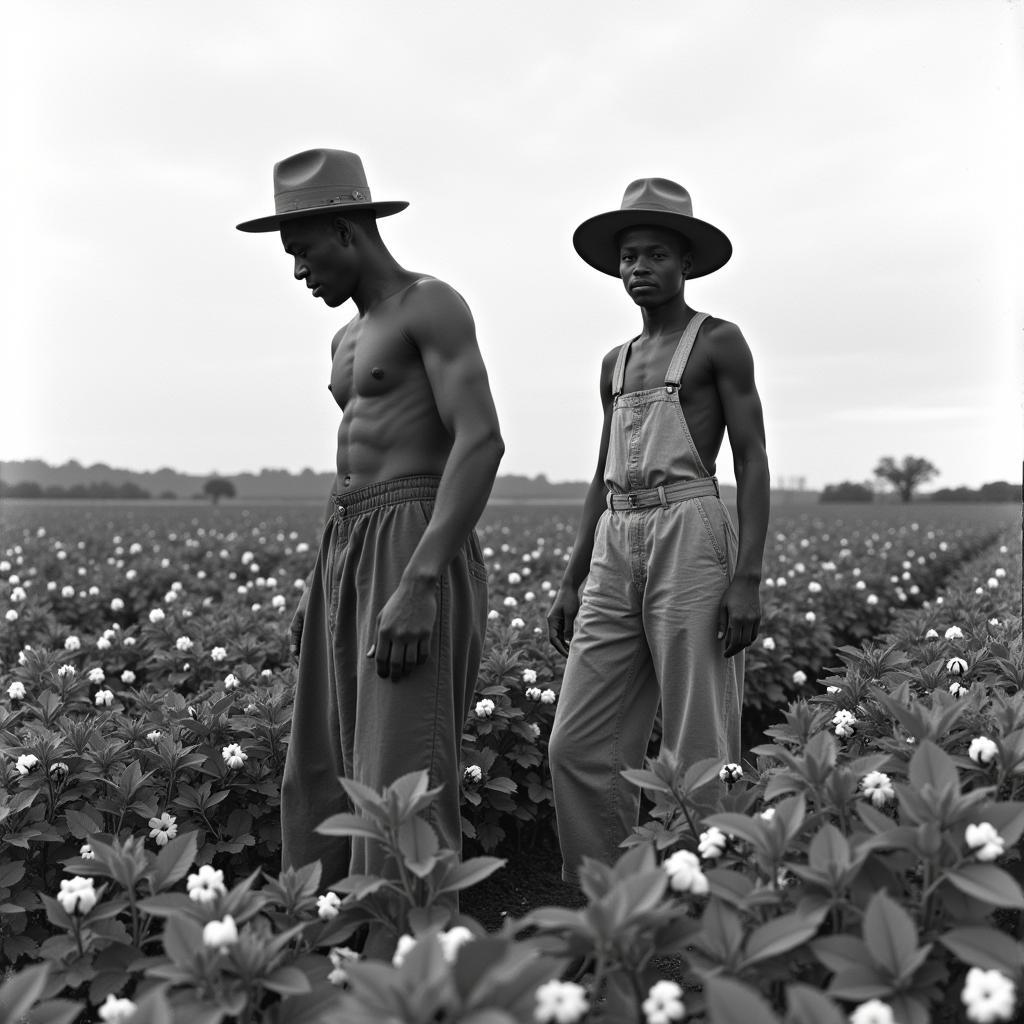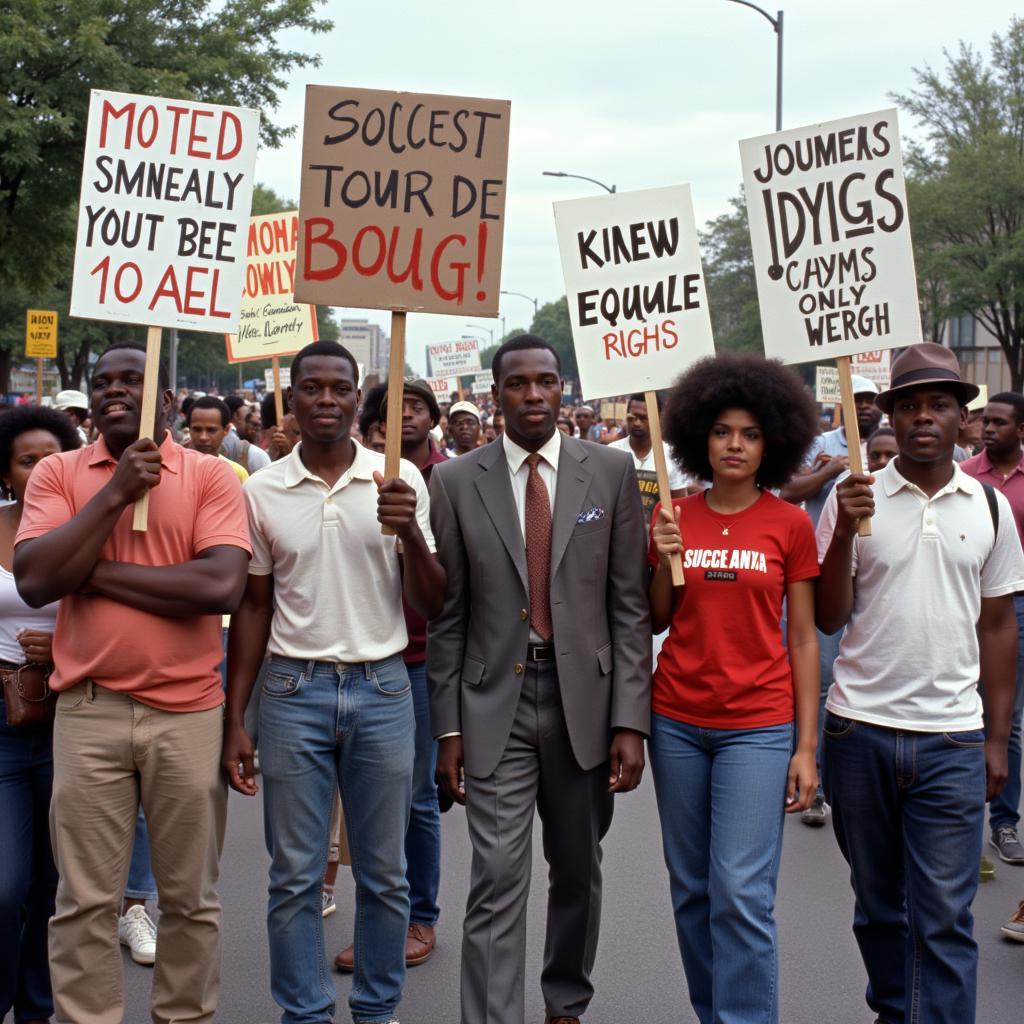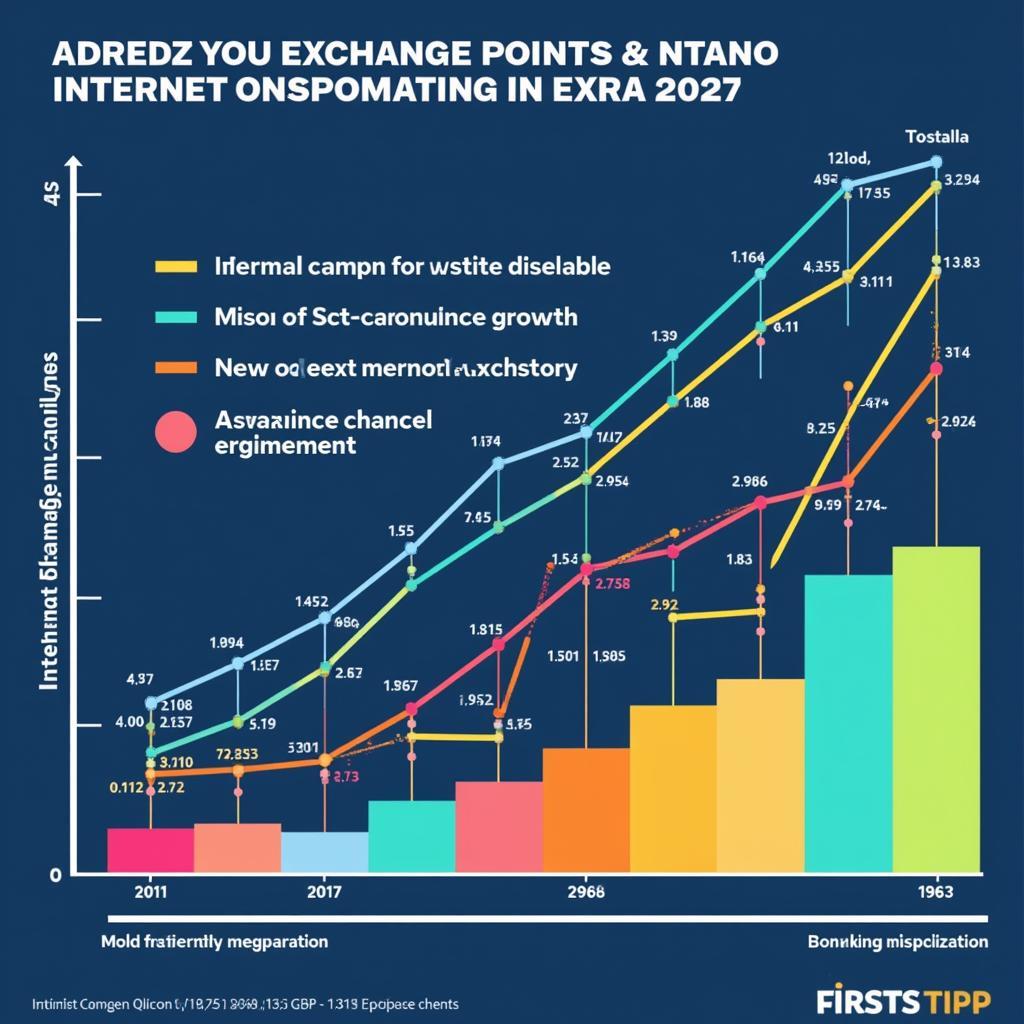African Americans and Hispanic Groups: Examining Conflict and Cooperation in US History
The phrase “African Americans And Hispanic Groups Wars” might seem peculiar at first glance. It suggests a history of widespread, overt conflict between these two communities within the United States. While there have been instances of tension and conflict, the reality is far more nuanced, often characterized by collaboration, shared struggles, and complex interactions shaped by social, economic, and political forces. This article delves into the historical relationship between African Americans and Hispanic groups in the US, exploring points of conflict and cooperation, and highlighting the shared challenges they have faced in their pursuit of equality and justice.
Shared Histories, Converging Paths: A Legacy of Colonialism
Understanding the relationship between African Americans and Hispanic groups requires acknowledging the shared legacy of colonialism and racial hierarchy that has shaped US history. Both communities have endured the brutalities of forced labor, dispossession, and systemic discrimination. The transatlantic slave trade forcibly brought millions of Africans to the Americas, while Spanish colonialism in the Americas led to the enslavement and exploitation of indigenous populations and the importation of African slaves.
 African American and Hispanic Workers in a Cotton Field
African American and Hispanic Workers in a Cotton Field
Competition and Conflict: Navigating Limited Resources and Social Hierarchies
The arrival of different waves of immigrants from Latin America throughout the 20th century, each with their own unique cultural backgrounds and socioeconomic realities, added further complexity to the dynamics between African Americans and Hispanic groups. Competition for limited resources, such as jobs, housing, and educational opportunities, sometimes fueled tensions between the communities, particularly in urban centers experiencing rapid demographic shifts.
However, it’s crucial to avoid oversimplifying these tensions as purely inter-group conflict. Often, these conflicts were exacerbated by systemic factors like discriminatory housing policies, unequal access to education, and a lack of economic opportunity – factors that disproportionately impacted both communities while benefiting those in power.
Solidarity and Shared Struggles: The Civil Rights Movement and Beyond
Despite instances of conflict, the histories of African Americans and Hispanic groups in the US are also interwoven with remarkable stories of solidarity and shared struggles for civil rights and social justice. The Civil Rights Movement, a landmark period in US history, saw African Americans leading the charge against segregation and discrimination. This movement inspired other marginalized groups, including Hispanic activists, to fight for their own rights and equality.
 Civil Rights March with African American and Hispanic Protesters
Civil Rights March with African American and Hispanic Protesters
From the farmworkers’ rights movement led by Cesar Chavez and Dolores Huerta, which garnered significant support from African American activists, to contemporary movements for immigration reform and criminal justice reform, there’s a clear pattern of collaboration and mutual support.
Looking Ahead: Building Bridges of Understanding and Collaboration
While the historical narrative of African Americans and Hispanic groups in the US encompasses both conflict and cooperation, recognizing their shared struggles and celebrating their contributions to American society is paramount. Understanding the root causes of social and economic disparities that disproportionately affect both communities is crucial for fostering greater understanding and collaboration.
“It’s essential to remember that the struggles for equality and justice are interconnected,” notes Dr. Maria Hernandez, a historian specializing in 20th-century social movements. “When one group achieves progress, it paves the way for others. Recognizing our shared humanity and working together is the most effective way to overcome systemic barriers and create a more just and equitable society for all.”
Conclusion: Moving Beyond a Simplistic Narrative
The relationship between African Americans and Hispanic groups in the US is multifaceted and cannot be reduced to a simplistic narrative of conflict or harmony. It’s a story marked by shared experiences of oppression and resilience, moments of tension and competition, and inspiring examples of solidarity and collective action. As the US continues to grapple with its complex racial history, understanding these intertwined narratives is crucial for building bridges of understanding, promoting social justice, and creating a more inclusive future for all.

